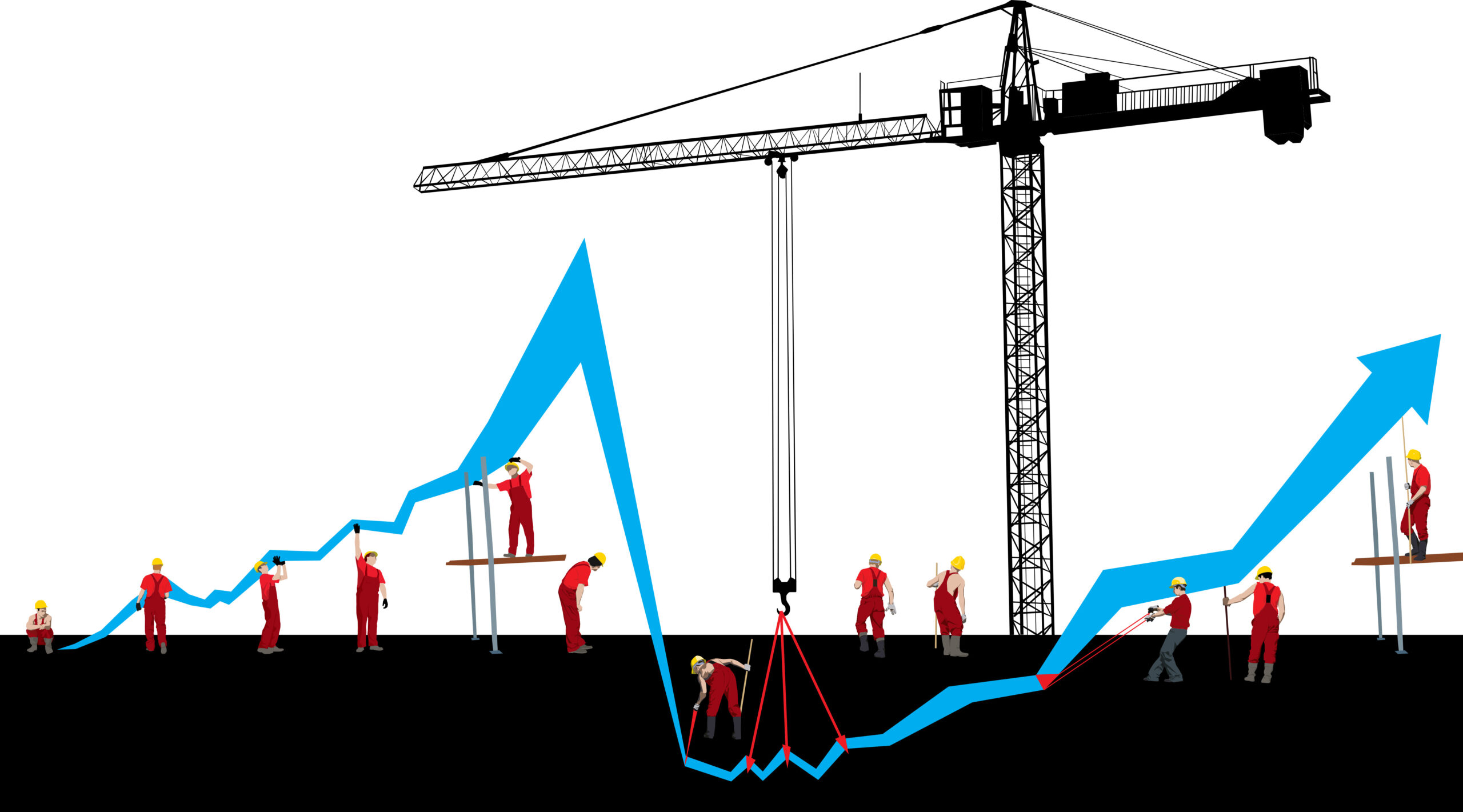Blog
The 10 Features to Look for in a Digital Takeoff Solution
Electronic or digital takeoff applications have become indispensable tools for the estimators that depend on them. Electronic takeoff is at least 50% quicker than manual takeoffs in our tests. Estimators that incorporate electronic takeoff applications into their estimating process can get more done in less time with fewer mistakes. Not all takeoff applications are created equal, though. Some are too simple to be useful. Others may try to charge you for functionality you’ll likely never need. And some are stagnant offerings, lacking the technology tools today’s
estimators need.
Below are 10 features to look for in your next digital takeoff solution.
1. Artificial Intelligence
You may not think Artificial Intelligence (AI) is a feature to look for in electronic takeoff software, but AI-enabled applications dramatically improve productivity and overall accuracy. For example, the SnapAI feature in eTakeoff Dimension uses AI to better predict what an estimator will do next, speeding the takeoff process and reducing errors. While generic snap technology enables estimators to “snap to” points in a vector PDF, SnapAI takes this advancement even further by enabling point, logical line, and polyline selection for maximum flexibility.
2. Construction assemblies
Some electronic takeoff systems will only generate a length, area or count for a given measurement. But if you self-perform, you’ll want more than just a wall length or floor area. Look for electronic takeoff software that supports Assemblies. With Assemblies you can generate all the components of a construction system (such as a wall) in one step. Simply measure the wall and you won’t have to worry about counting screws. Be certain you can build and edit your own Assemblies to fit the way you work.
3. Autocount and pattern search
Fixtures, switches, fire alarms, door types — all common items in a set of plans. Takeoff software that includes autocount or pattern search functionality makes counting these types of items quicker and easier. The function searches plans and generates a count on any item/pattern you select. Heads up, this feature varies enormously by application. Do your research and ask to see the feature in action.
4. True multi-user functionality
Estimating is a collaborative task, particularly on larger projects, so look for electronic takeoff software with true multi-user functionality. Multi-user takeoff software allows multiple estimators to work on the same project at the same time — and even the same drawing at the same time. Ideally, you’ll want to ensure that each measurement is tagged with an estimators’ identifier, so users can filter to see only their own work, while the chief estimator can view all estimators’ work at once.
5. Multiple scales on the same drawing
Construction drawings frequently include detail drawings in a different scale than the main project drawing’s scale. Some electronic takeoff software does not support the use of multiple scales on the same drawing, forcing you to separate these detail sections into separate files. With multiple scale support you can outline an area of the drawing and apply a unique scale to that section. The software automatically applies the correct scale when your cursor is within the specified boundary for that section of the drawing.
6. WBS code support
Work Breakdown Structure (WBS) codes such as CSI codes and owner-specific data are vital information for the project, and some electronic takeoff applications allow you to assign these codes right during takeoff. The codes then follow the measurements into the estimating software. If WBS codes are part of your organization’s workflow, you’ll want to select electronic takeoff software that supports them.
7. Quick project startup
Some applications still recommend a lengthy PDF to TIF conversion of all drawings before you can start takeoff. A 100-page PDF can take some applications 30 minutes or more to convert. And once your drawings are converted to TIF, you lose some critical functionality (we’ll explore this in more detail in an upcoming post). Look for electronic takeoff software that can read PDFs out of the gate.
8. Integration with estimating software
Electronic takeoff and estimating software goes together like a hammer and nails. Look for a takeoff application that integrates with your estimating software, whether you’re using Excel or a dedicated estimating system (like Sage Estimating) — it will save you from manually re-entering the information into your estimate. Be certain to ask the takeoff vendor whether takeoff addendums and changes can automatically update the estimate without destroying existing pricing and other information.
9. BIM integration
Even if you’re not currently using BIM, BIM is in your future. It makes sense to invest in electronic takeoff software that supports both 2D and 3D takeoffs.
10. Ease of use
Too often, software buyers shop with a checklist of features, and give little consideration to the day-to-day usability of the application. Does the software’s workflow make sense to you? Can you get to helpful instructions if you need them? Many software vendors offer a free trial so you can see how the software works before you buy.
Technology innovator
While not specifically a feature of the software, innovation is critical to the software’s ongoing return on investment. Technology changes rapidly, even in the construction industry. Look to partner with a vendor that is continually investing in their electronic takeoff solution, evolving the product to meet the needs of a modern contractor.
Selecting the right electronic takeoff application for your organization is an important decision, one with significant impacts on the productivity, accuracy, and efficiency of your estimating team. We urge you to consider these 10 factors as you evaluate your next solution. In upcoming posts, we’ll take a closer look at many of these to further help in your decision making.




